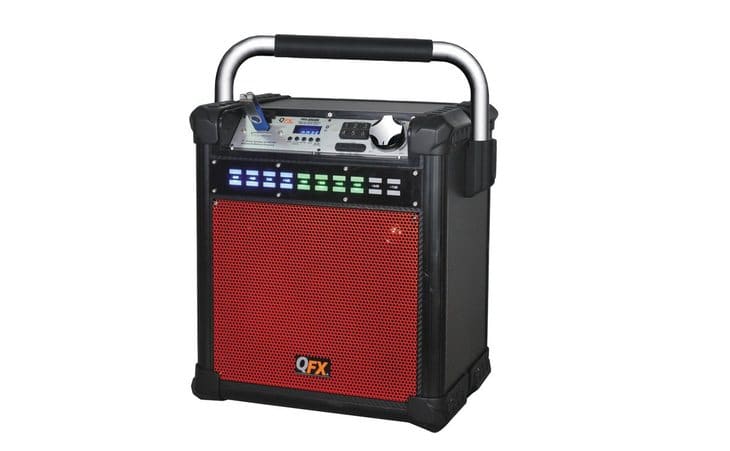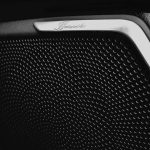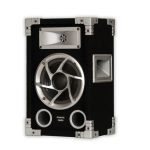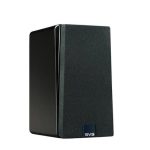Want to have a rocking party?
The first thing is to get a good party speaker. The problem arises when you compare different party speakers, you will just come across jargon. For an average consumer, it is challenging to decipher such jargon.
A much better approach is to know the characteristics of the perfect party speaker. Once you know that, you can recognize the best option and buy it. We will help you with the same today. The list below consists of 6 such characteristics of a party speaker. Once you judge the prospective party speakers on the six characteristics, finding the best one is easy.
1. Reproduction across the audio frequency range:
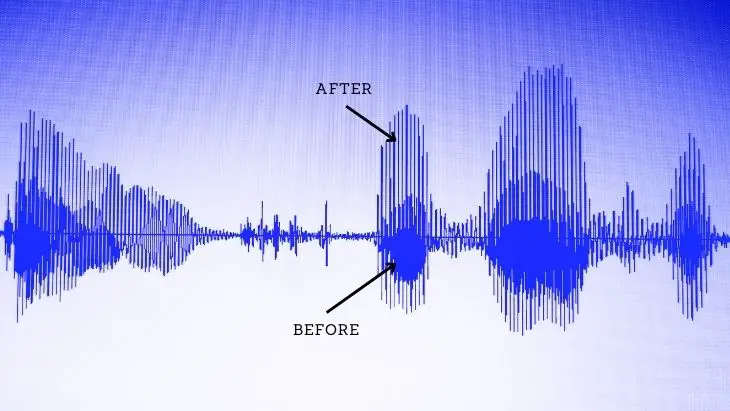
The audio frequency range includes the audio frequencies, which we can hear. The range is from 20 Hz to 20 kHz. A good party speaker should be able to reproduce all the frequencies in this range. The higher the overlap of the audio frequency range of the speaker with this range, the better.
For example, a party speaker having an audio frequency range of 40 Hz to 30 kW is better than having an audio output of 100 Hz to 10,000 Hz.
Choosing a speaker that reproduces audio frequencies accurately will help you enjoy every music note. Thus, you have to select one which overlaps the audio frequency range as far as possible.
2. Consists of tweeter and woofer:
Did you know that there are many types of speakers available?
A typical party speaker should consist of at least 2 of these types of speakers. We will highlight the same below.
Tweeter:
The tweeter is responsible for reproducing frequencies from 2000 Hz to 20 kHz. These frequencies constitute treble output.
Woofer:
A woofer can reproduce frequencies from 50 Hz to 1000 Hz. Due to the size constraints, even if the speaker has a subwoofer, it would do. We also refer to this output as bass.
While these two are pretty important, you will notice that they do not cover the entire audio frequency range. A midrange driver can reproduce the frequencies left in between. However, most party speakers consist of just these two speakers. A good party speaker consists of at least a woofer and a tweeter. With these two, it can produce bass and treble. If it consists of a midrange driver, it is a plus.
3. Numerous connectivity options:
The perfect party speaker is one offering Bluetooth connectivity and ports for connecting various gadgets. While Bluetooth connectivity enables wireless transmission, ports enable wired connectivity.
The ports which a speaker can consist of are:
- USB ports
- TF card slots
- Aux input
- Audio input/audio output
- Amplifier ports
And so on·
Generally speaking, the more the number of ports, the better is the party speaker. Also, ideally, it should offer wired and wireless connectivity modes. While choosing one, you have to keep these connectivity factors in mind.
4. Portable:
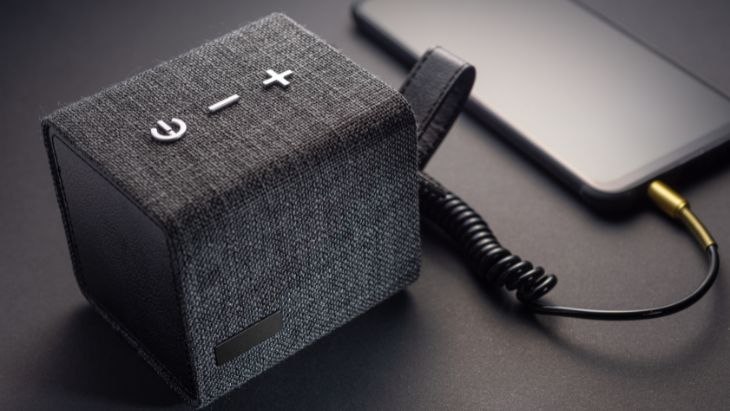
An ideal party speaker is not bulky. It is designed to keep the portability factor in mind. Most speakers consist of a handle on top. Some even include wheels at the bottom. The form factor needs to be such that you can easily carry it around. Only then, these speakers are worth buying.
You cannot ignore such a speaker’s portability since you will not always have a party at the same venue. You might have to take it to your friend’s backyard, or a tailgating party, or a camping site. The applications of a party speaker are endless. Keeping this factor in mind, the party speaker should be portable.
5. High Power output:
Wondering about the output volume of the party speaker?
The output amplitude/volume is directly proportional to the power rating of the party speaker. When you compare different party speakers, the power rating can vary from 100W to 800W. The ideal party speaker should have an output rating of at least 200W, if not more.
You need to keep in mind that, as the power rating increases, the speaker’s cost will also increase. It will also mean that the amount of electricity needed to operate is on the higher side. You have to achieve a fine balance between these parameters to choose the perfect party speaker.
6. Customizable Audio Output:
What use is a party speaker if you cannot customize the audio output?
We all like our music playing in our ways. The perfect party speaker provides you with the options to control bass and treble. Once you do so, you can customize the audio output easily. Some of them allow you to boost a specific aspect of the audio output while keeping the other same. Once you can do so, getting the precise audio output is possible. You need to choose the party speaker, which provides you with control over the audio output.
7. Easy controls:
Of course, you can achieve all this only when you know how to control every aspect of the party speaker. For the same, you need an easy control mechanism. Essentially, party speakers offer two different control mechanisms. These are:
· Remote-based control:
In this, you get a wireless remote control through which you can control every aspect.
· Speaker mounted control panel:
The speaker-mounted control panel consists of buttons and knobs to control the speaker.
The perfect party speaker will offer you both of these. Such a party speaker has easy to understand and operate the control knob. It does so by reducing the clutter and designing the remote/control panel in easy to understand manner. It should offer a detailed instruction manual as well to familiarize you with the entire controls. Only when it does that, it can be considered an ideal party speaker.
Now that you know the characteristics of the perfect party speaker, it is easy to separate the wheat from the chaff. Choosing such a speaker will be easier for you with the help of our guide above. We aim to eliminate the jargon and help you choose a party speaker that serves you well. Just remember the characteristics above while buying one, and you can do so easily.
Also read: Karaoke Speakers vs. Regular Speakers– Key Differences
Michael Evanchuk is a San Francisco-based sound engineer with 20 years’ experience installing, troubleshooting, and repairing commercial, automotive, and household sound equipment. Evanchuk owns an auto stereo center, where he offers highly competitive car audio installation and repair services. He has written dozens of articles on different sound engineering topics, all of which have been published in leading journals, blogs, and websites.

